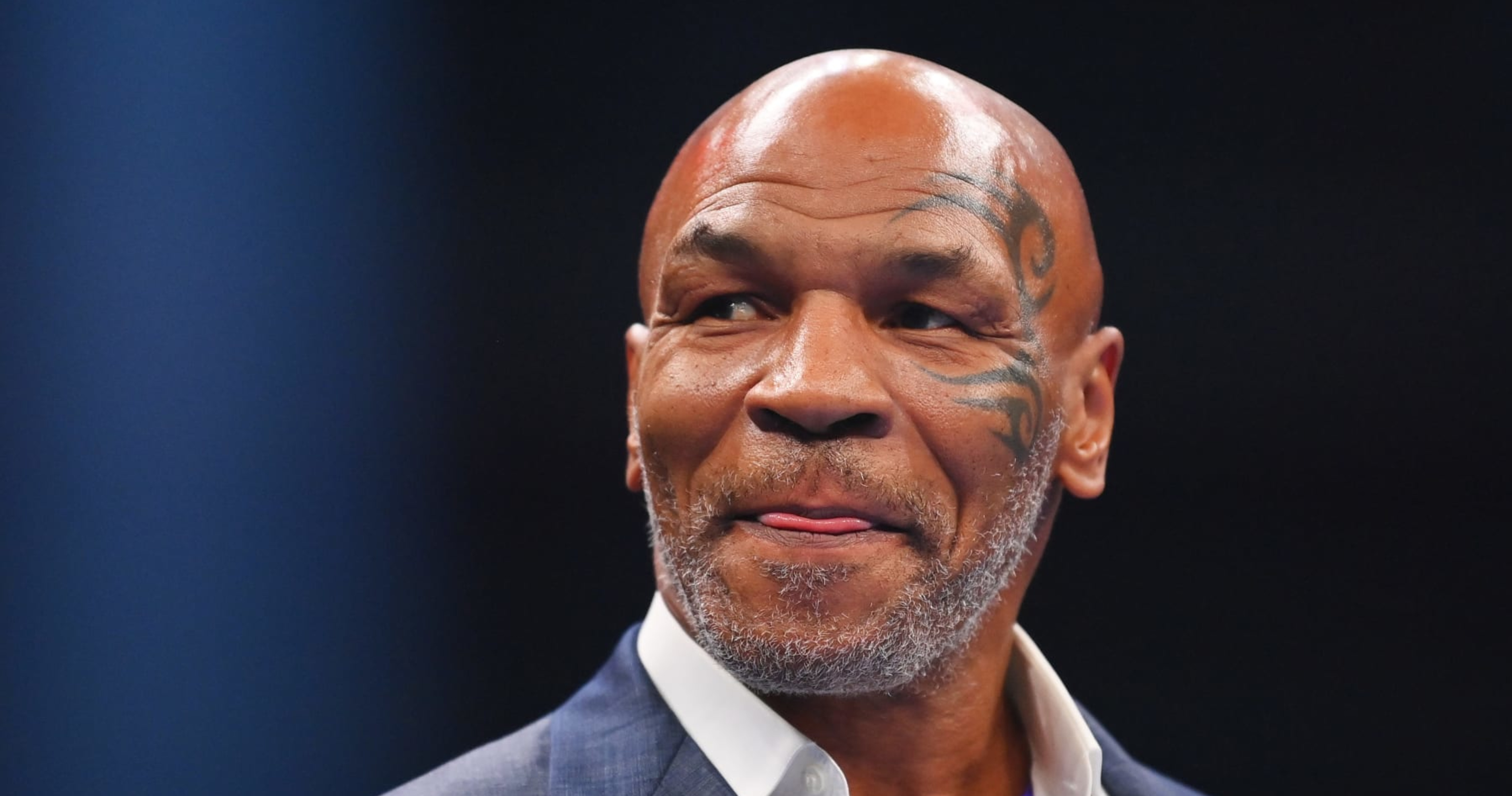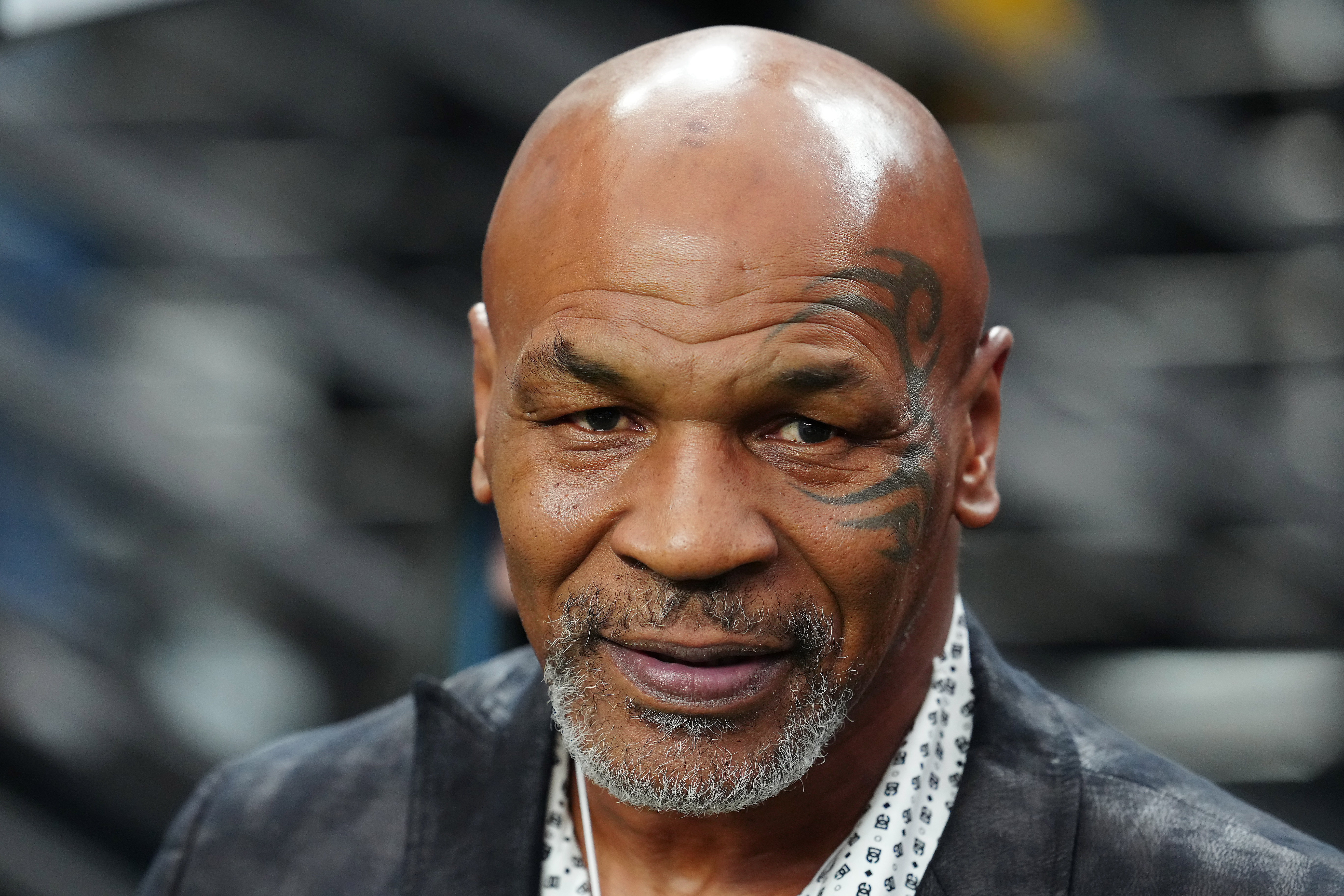Understanding Public Interest: Mike Wolfe And The Topic Of Cleft Palate
There's a natural curiosity many of us feel about the lives of public figures, especially when it comes to personal challenges. People often look for details about how well-known personalities navigate life's tougher moments. One area that draws considerable public attention involves health matters, like a condition such as a cleft palate. It's really something that touches many families, and when a public figure is involved, it brings a lot of awareness to the topic.
Queries like "mike wolfe daughter cleft palate" show just how much people want to connect with these stories. It seems like folks are searching for information, perhaps looking for shared experiences or a deeper understanding of such conditions. While there's a clear interest in Mike Wolfe, the television personality known for his work with American Pickers, it is important to note that specific details about his family's private health matters, including whether his daughter has a cleft palate, are not widely publicized or found in general public information sources, including the text provided for this discussion. The available information about "Mike" tends to focus on figures like Mike Tyson, Mike Johnson, or the rapper MIKE, and even a TV series about Mike Tyson.
Still, the very act of searching for "mike wolfe daughter cleft palate" highlights a broader point: the desire to learn about and support those facing health conditions. It brings up the chance to talk about cleft palate itself, what it means for families, and the amazing support systems that exist. So, while we might not have the private specifics, we can certainly explore the general topic and the important lessons it holds for everyone, which is actually quite valuable.
- Tisha Campbell Son
- How Old Is Mike Wolfes Brother Robbie
- Nathan Fillion Height
- How Tall Was John Denver
- Van Jones Education Background
Table of Contents
- Who is Mike Wolfe? Addressing the Public Interest
- What is a Cleft Palate?
- Support and Treatment Options
- Raising Awareness and Reducing Stigma
- Frequently Asked Questions (FAQ)
- A Look at the Human Side
Who is Mike Wolfe? Addressing the Public Interest
When people ask about "Mike Wolfe," they are typically thinking of the well-known television personality from the show American Pickers. He is recognized for his love of antiques and historical items, and for traveling across the country to find them. His public persona is tied to this interesting pursuit, and so, naturally, his family life also gets some attention from fans. It is pretty common for people to be curious about the personal lives of those they see on television, isn't it?
However, the information provided for this article, which is "My text," actually talks about other individuals named Mike. For example, it mentions Michael Gerard Tyson, the former professional boxer, and a television miniseries called "Mike" that explores his life. It also points to James Michael Johnson, a politician, and Michael Jordan Bonema, a rapper known as MIKE. This means that the specific "Mike Wolfe" from American Pickers, and any details about his family, are not part of the source material given to us. This is important to note, because we want to be accurate with what we share. So, while the search term is very specific, the information we have at hand points to other famous Mikes, which is actually quite a different thing.
What is a Cleft Palate?
A cleft palate is a birth condition where the roof of the mouth does not fully close during early pregnancy. This can happen in different ways, and it can affect how a baby eats, speaks, and even hears. It is a condition that, you know, requires a lot of care and attention from the very beginning. Understanding what it is can help us appreciate the journey of families who experience it, which is actually quite a lot of people around the world.
- Tasha K Children
- Casper Smart Net Worth
- Lovenexy Onlyfans Leaks
- Jonathan Stoddard Wife
- Geffri Maya Snowfall
Causes and Types
Cleft palates can happen for a mix of reasons. Sometimes, it is related to genes passed down through families, but other times, it can be due to environmental factors during pregnancy. It is not always clear why it happens, and that can be a bit challenging for families looking for answers. There are different kinds of clefts, too. Some might involve just the soft part at the back of the roof of the mouth, while others might be more extensive, affecting the hard part closer to the front. There are also cleft lips, which can happen with or without a cleft palate. It is a bit like a spectrum, really, with each case being slightly different.
For instance, some babies might have a cleft lip on one side, or on both sides, and this can extend into the palate. Other times, it is only the palate that is open. These differences mean that the approach to treatment needs to be very specific for each child. It is almost like a unique puzzle for each family and medical team. Knowing these variations helps medical professionals plan the best course of action, which is truly important for the child's well-being. So, understanding the specific type of cleft is a first big step.
Early Life Challenges
Babies born with a cleft palate often face some immediate challenges. Feeding can be difficult because the opening in the roof of the mouth makes it hard to create suction for nursing or bottle-feeding. This means parents and caregivers need special feeding techniques and sometimes special bottles. It is a lot to learn right away, isn't it? This early period can be quite stressful for new parents, as they work to ensure their baby gets enough nutrition and grows well.
Beyond feeding, there can be other concerns. Ear infections are more common for children with cleft palates because the opening can affect the tubes that drain fluid from the middle ear. Speech development can also be affected, as the palate plays a big part in forming sounds correctly. So, there is often a need for speech therapy as the child grows. These are things that families typically prepare for, and support from medical teams becomes incredibly important during these early years. It is a journey that often involves many different specialists, which is pretty comprehensive.
Support and Treatment Options
Fortunately, there are many ways to help children born with a cleft palate. Medical science has come a long way, and there are teams of specialists who work together to provide comprehensive care. This kind of support makes a huge difference in the lives of these children and their families. It is actually quite amazing to see the progress that can be made, you know?
Medical Interventions
The main treatment for a cleft palate is surgery to close the opening. This surgery usually happens when the baby is a few months old, often between 6 and 12 months of age. The goal is to create a functional palate that helps with feeding, speech, and proper facial growth. It is a delicate procedure, and it is usually done by specialized surgeons. There might be more than one surgery needed as the child grows, especially if the cleft is more complex. So, it is often a series of steps over time.
After surgery, children often need ongoing care from a team of experts. This team might include a speech therapist, an orthodontist, an ear, nose, and throat (ENT) doctor, and perhaps a psychologist or social worker. Each specialist plays a part in helping the child develop as normally as possible. For example, speech therapy helps with clear speaking, and orthodontics can address dental issues that might arise. This comprehensive approach is designed to support the child through various stages of growth and development, which is pretty thoughtful. Learn more about cleft palate care on our site.
Family and Community Support
Beyond the medical treatments, the support a family receives is truly vital. Having a strong network of family, friends, and community members can make a world of difference. Parents often find comfort and practical help from support groups where they can connect with other families who have similar experiences. Sharing stories and advice can be incredibly empowering, and it is a way to feel less alone in the journey. This kind of connection is actually quite powerful, and it helps families feel more confident.
Community awareness also plays a big part. When people understand what a cleft palate is, they are more likely to be accepting and supportive of children with the condition. This helps reduce any potential stigma and fosters an inclusive environment for the child to grow up in. It is about creating a world where every child feels valued and understood, which is really what we all want, isn't it? Organizations dedicated to cleft care also offer valuable resources, from information to financial aid, which can be a huge help to families. You can find more information about global efforts to support children with cleft conditions at organizations like Smile Train, for example. They do amazing work.
Raising Awareness and Reducing Stigma
Public interest in figures like Mike Wolfe and their families, even if the specific details are not known, can actually help raise awareness about conditions like cleft palate. When people search for these terms, it shows a desire to learn. This provides an opportunity to share accurate information and highlight the incredible resilience of children and families dealing with such conditions. It is a chance to move past any misunderstandings and foster a more empathetic public view. This kind of open discussion is pretty important, you know?
Reducing stigma means helping people understand that a cleft palate is a medical condition that can be treated. It is not something to be ashamed of, and children with clefts can grow up to live full, happy, and productive lives. By talking openly and sharing positive stories, we can help change perceptions. This means focusing on the child's abilities and personality, rather than just their medical history. It is about seeing the whole person, which is what truly matters. So, every conversation, every search, can be a small step towards a more understanding world.
For instance, when a public figure's family is in the news, even if the specific details are private, it can prompt discussions about health challenges in general. This, in turn, can lead to more people learning about resources for conditions like cleft palate. It is like a ripple effect, really. The more we talk about these topics in a sensitive and informative way, the more likely it is that families who need help will find it. This kind of public dialogue is actually quite beneficial for everyone involved.
Frequently Asked Questions (FAQ)
People often have questions about cleft palate, especially when they hear about it in relation to public figures or their own communities. Here are a few common questions that come up:
1. Can a cleft palate be prevented?
While the exact cause of a cleft palate is not always known, making sure a mother has good nutrition and avoids certain medications or substances during pregnancy can help reduce some risks. However, it is important to remember that many clefts happen without any clear reason, and it is not typically something that could have been prevented by the parents. It is a bit complex, you know?
2. How does a cleft palate affect a child's speech?
A cleft palate can affect speech because the roof of the mouth is important for making clear sounds. When there is an opening, air can escape through the nose, making speech sound nasal. However, with surgery and speech therapy, most children can learn to speak very clearly. It is a process that takes time and effort, but the results are often quite good. So, there is a lot of hope for good communication skills.
3. What kind of long-term care does a child with a cleft palate need?
Long-term care for a child with a cleft palate often involves a team of specialists. This can include follow-up surgeries as the child grows, orthodontic treatment for dental alignment, and ongoing speech therapy. Some children might also need hearing checks. The goal is to support the child through adolescence and into adulthood, ensuring they have the best possible outcomes. It is a journey that can last for many years, which is something families typically prepare for.
A Look at the Human Side
The interest in "mike wolfe daughter cleft palate" truly shows a deeper human connection. It is not just about a celebrity; it is about the shared experience of families facing health challenges. It highlights how much we care about each other, even those we only know through a screen. Every family's journey with a condition like a cleft palate is unique, filled with its own triumphs and challenges. It is a story of strength and resilience, which is pretty inspiring.
So, while we might not have specific private details about Mike Wolfe's family, the conversation itself helps shed light on an important topic. It gives us a chance to talk about the medical advances, the incredible support networks, and the importance of kindness and understanding. It is about recognizing the human element in every story, and that is actually quite valuable. We can all play a part in creating a more informed and supportive world for children and families. You can find more general information on this page about cleft palate resources, too.
Powered by firman power equipment, please read my privacy policy below and disclaimer. Please consult with the NWS/NHC for official forecasts and planning. Your browser does not support the audio element. Surge map / surge potential / storm surge. NWS Hurricane Plan Prepare / Google Tracker / Cone?
- How Old Is Mike Wolfes Brother Robbie
- Nathan Fillion Height
- Mike Breen Wife
- Mike Wolfe Legal Issues
- Maui Chapman

Mike Tyson Posts Day 4 Training Video for Jake Paul Fight: 'Fire's in

Mike Tyson 2024 Fight - Nora Thelma

Mike Tyson's Physique Has Changed Drastically After Jake Paul Fight